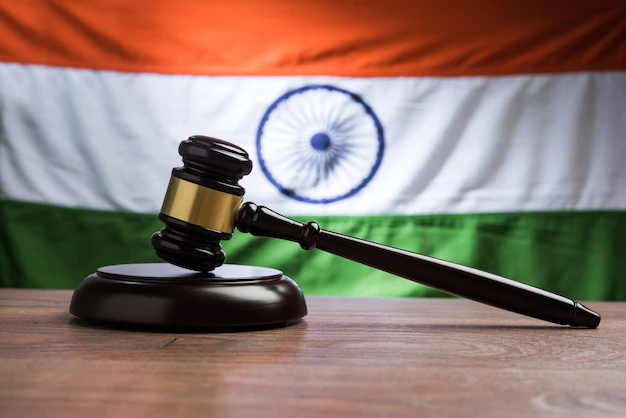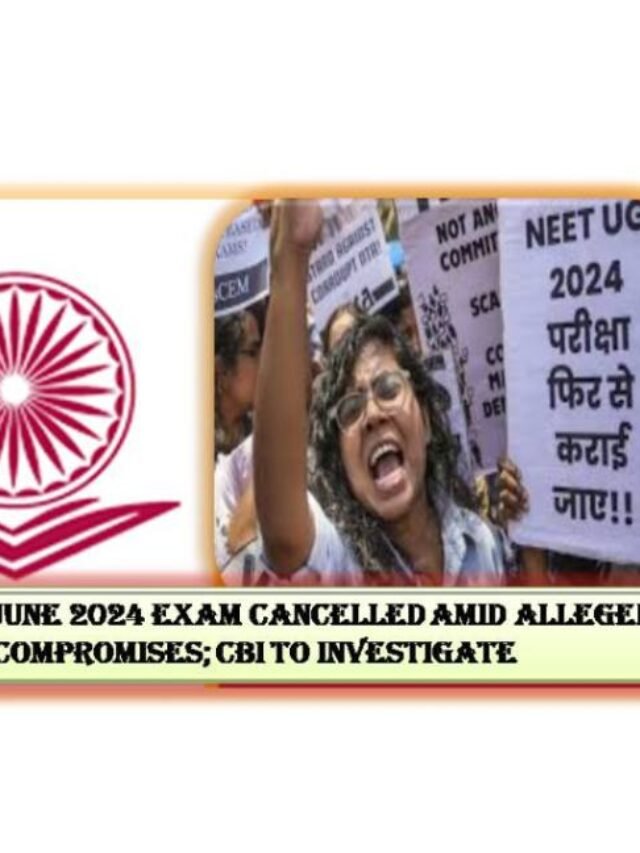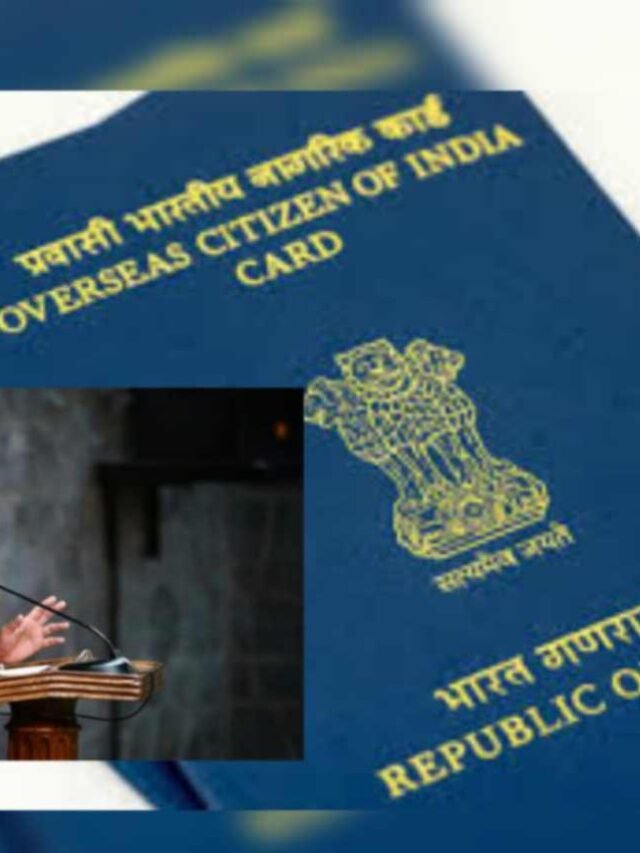Introduction
While examining the legal framework for convicted murder in Indian law, we compare Section 304 of the Indian Penal Code (IPC) with Section 103 of the Indian Penal Code, 2023.
Section 304 of IPC: Understanding Punishment
This section deals with punishment for culpable homicide other than murder. Offenders can be sentenced to life imprisonment or up to ten years in prison, as well as fines. The severity of the punishment depends on the intention behind the act causing death.
Section 103 of Bharatiya Nyaya Sanhita: A Parallel Perspective
Similar to Section 304 of the IPC, this section addresses culpable homicide. It outlines penalties, along with imprisonment based on the rationale or knowledge of the culprit regarding the likelihood of causing death.
legal provisions concerning grave and sudden provocation
The legal concept of “grave and sudden provocation” is outlined in Section 300, Exception 1 of the IPC, which provides a defense in cases of murder.
“Provocation” refers to the deliberate actions or words that incite anger in someone.
When a person, as a result of such provocation, loses control and causes the death of the provocateur or any other individual, they may be charged with culpable homicide not amounting to murder.
The role of “intention” is crucial in determining whether a case falls under the exception of Section 300 of the IPC.
In instances of sudden and grave provocation, premeditated intention should not be present.
key components include:
- The accused must have received provocation.
- The provocation must have been both serious and sudden.
- The accused must have lost control over their actions.
- The accused caused the death while still under the influence of that emotional state, without having had the opportunity to calm down before committing the murder.
- The absence of intention is required, although knowledge of the consequences may be present.
Case Law:
K M Nanavati v. State of Maharashtra (1961)
in the case of K M Nanavati v. State of Maharashtra (1961), the Supreme Court established that the assessment of “grave and sudden” provocation under the Exception should be based on whether a reasonable person from the same societal background as the accused, facing similar circumstances, would be sufficiently provoked to lose self-control.
The actions of the accused unmistakably indicate that the murder was premeditated and deliberate. Simply engaging in verbal abuse before the shooting, with such abuse eliciting an equally hostile response, could not reasonably be considered provocation for the murder.
According to the ruling, when someone is subjected to sudden and severe provocation, any fatal action taken in response should occur immediately, before there has been adequate time for the individual to calm down or regain composure.
Lord Devlin in R. v. Duffy (1949)
The principle articulated by Lord Devlin in R. v. Duffy (1949) established the necessity for the provocation to be sudden and severe. This requirement precludes the defense from succeeding if there is a significant lapse between the provocation and the act of killing.
R v. Ahluwalia (1992)
In R v. Ahluwalia (1992), the court dismissed the defense of provocation due to the presence of a cooling-off period, a significant lapse of time between the provocation and the killing. However, the court acknowledged the concept of a slow-motion or gradual reaction instead of an immediate loss of control.
Sukhbir Singh v. State of Haryana (2002
In the case of Sukhbir Singh v. State of Haryana (2002), the Supreme Court ruled that not all fatal injuries resulting in death could be considered cruel or unusual within the scope of Exception No.4 of Section 300 IPC. The Court observed that in situations where the assailant did not inflict additional harm upon the victim after they had fallen and become helpless, it might suggest that the assailant had not acted cruelly or unusually.
Alister Anthony Pareira v. State of Maharashtra (2012),
In the case of Alister Anthony Pareira v. State of Maharashtra (2012), the Supreme Court ruled that to convict under Section 304 Part I of the IPC, the prosecution must establish: the death of the individual in question; that the accused caused such death through their actions; and that the accused intended to cause death or inflict bodily harm likely to cause death by their actions.
Concerning punishment under Section 304 Part II of the IPC, the prosecution must prove the death of the individual, that the accused caused such death through their actions, and that the accused was aware that their actions were likely to cause death.
Conclusion
To summarize, although Section 304 of the IPC and Section 103 of the Indian Penal Code deal with culpable homicide, they differ slightly in their particulars. The legal concept of “serious and accidental provocation” is central to the Indian legal system which provides defense in the case of murder.
Frequently asked questions
What is the punishment under Section 304 of the IPC?
Section 304 of the IPC delineates the punishment for culpable homicide not amounting to murder. Offenders may face either life imprisonment or imprisonment up to ten years, along with a fine. The severity of punishment depends on the intention behind the act leading to death.
How does Section 103 of Bharatiya Nyaya Sanhita compare to Section 304 of the IPC?
Section 103 of Bharatiya Nyaya Sanhita, similar to Section 304 of the IPC, addresses culpable homicide and outlines penalties such as imprisonment or fines. These penalties are based on the intent or knowledge of the perpetrator regarding the likelihood of causing death.
What is “grave and sudden provocation” in Indian law?
“Grave and sudden provocation” is a legal concept outlined in Section 300, Exception 1 of the IPC, providing a defense in cases of murder. It refers to deliberate actions or words that incite anger in someone, leading to a loss of control and causing death. The absence of premeditated intention is crucial in determining whether a case falls under this exception.

























